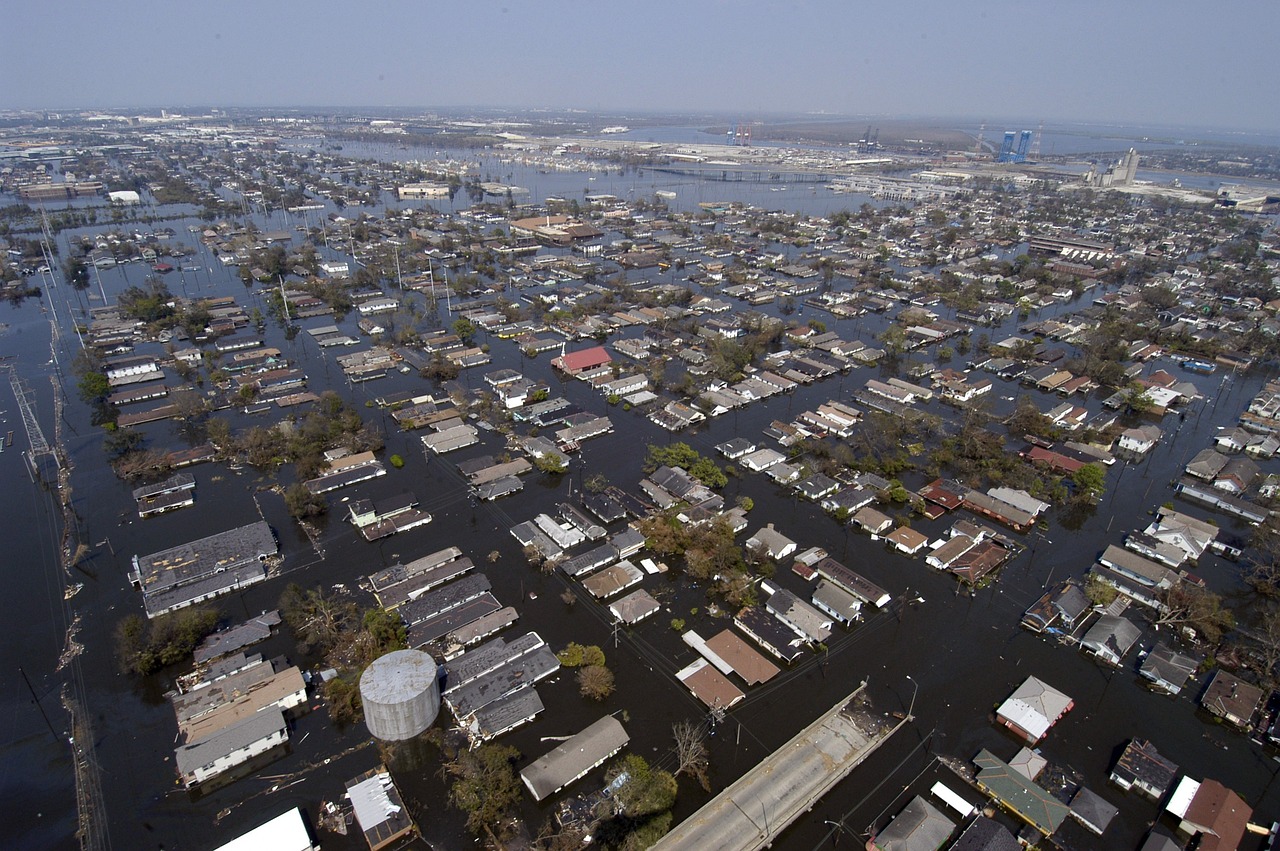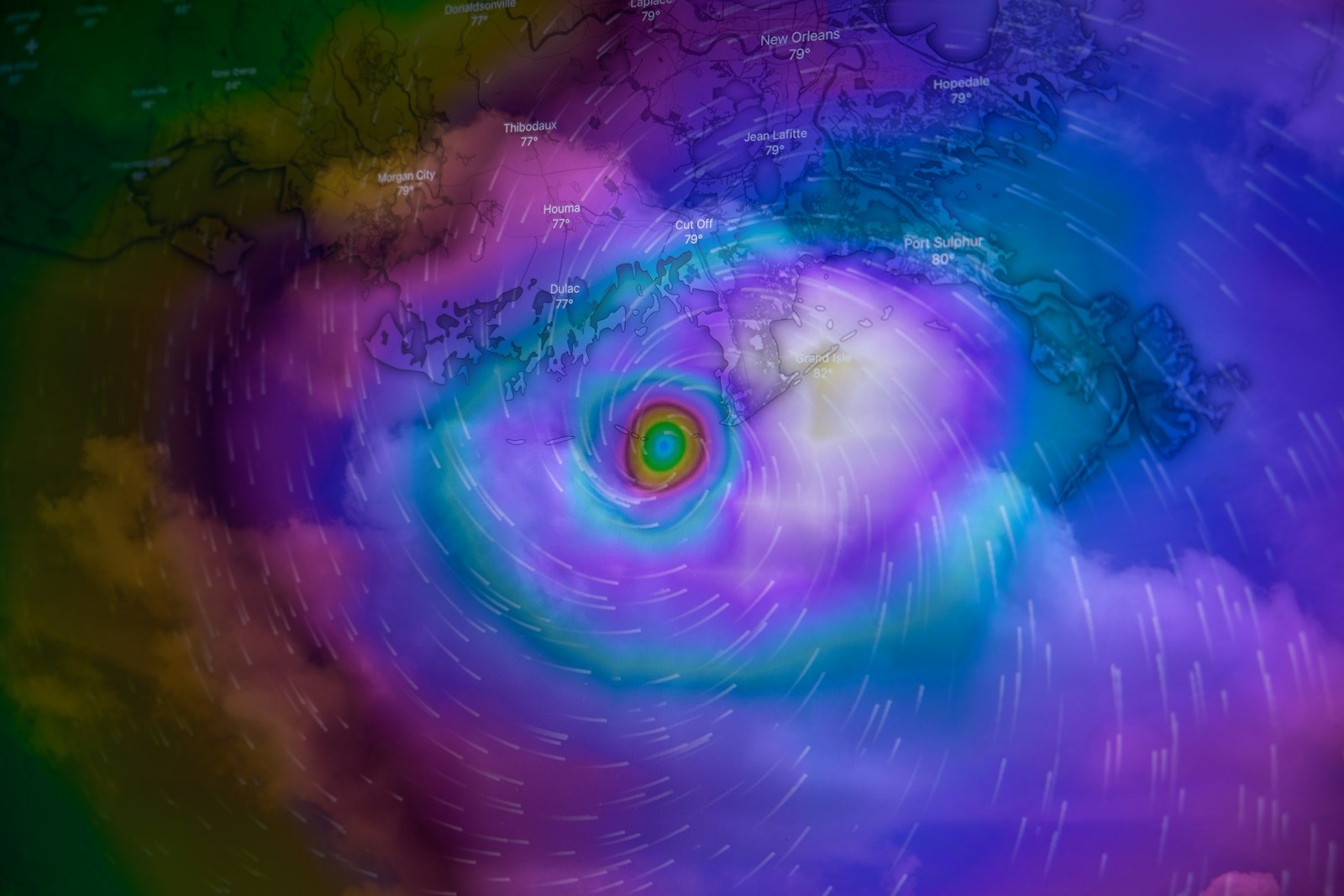Flash floods are a major weather-related phenomenon that can have a devastating impact on communities. In Conway, flash floods have become an increasingly common occurrence, causing significant damage to homes, businesses, and infrastructure. In this article, we will explore the causes and impacts of flash floods in Conway, as well as what can be done to mitigate their effects.
Table of Contents
ToggleUnderstanding Flash Floods
Flash floods are sudden and intense floods that occur in a short period of time, usually within six hours of a heavy rainfall event. They are caused by a rapid accumulation of water from intense rainfall, rapid melting of snow, or the release of water from an artificial structure, such as a dam or levee. Flash floods can cause severe damage to homes, businesses, and infrastructure, as well as result in loss of life.
Causes of Flash Floods in Conway
The main cause of flash floods in Conway is intense rainfall. The city is located in a region that is prone to heavy rain, which can lead to flash flooding. Additionally, the city has a large number of low-lying areas, which can quickly become flooded during heavy rainfall events.
Another factor that contributes to flash floods in Conway is the city’s infrastructure. The city’s stormwater management system is not adequate to handle large volumes of water during heavy rainfall events, leading to flooding. Furthermore, the city’s development patterns have led to increased impervious surfaces, such as pavements and buildings, which prevent water from soaking into the ground. This exacerbates the risk of flash flooding in the city.
Impacts of Flash Floods in Conway
Flash floods in Conway can have a significant impact on the city’s residents and businesses. Flooding can cause damage to homes, businesses, and infrastructure, as well as result in loss of life. Additionally, flash floods can disrupt transportation and communication, making it difficult for people to evacuate or receive help during an emergency.
Moreover, flash floods can have long-term impacts on the environment and public health. Floodwaters can carry pollutants and sediment, which can contaminate drinking water supplies and harm aquatic life. Furthermore, flash floods can cause soil erosion, which can impact the stability of the land and increase the risk of future flooding.

Mitigating the Impacts of Flash Floods in Conway
There are several measures that can be taken to mitigate the impacts of flash floods in Conway. Firstly, the city can improve its stormwater management system to better handle large volumes of water during heavy rainfall events. This could involve upgrading existing infrastructure, such as drainage systems, and building new structures, such as retention ponds.
Another measure that can be taken to mitigate the impacts of flash floods in Conway is to promote sustainable development practices. This could involve encouraging the use of permeable pavement, green roofs, and other measures that allow water to soak into the ground, reducing the risk of flash flooding.
Furthermore, the city can work with residents and businesses to educate them about the risks associated with flash floods and what they can do to prepare for and respond to these events. This could involve distributing informational materials, conducting public awareness campaigns, and offering training and workshops.
Conclusion
In conclusion, flash floods in Conway are a major weather-related phenomenon that can have a devastating impact on the city’s residents and businesses. Understanding the causes and impacts of flash floods is crucial to mitigating their effects and reducing the risk of future flooding. By taking measures to improve the city’s stormwater management system, promoting sustainable development practices, and educating residents and businesses, Conway can work to reduce the impacts of flash floods and protect its communities.







